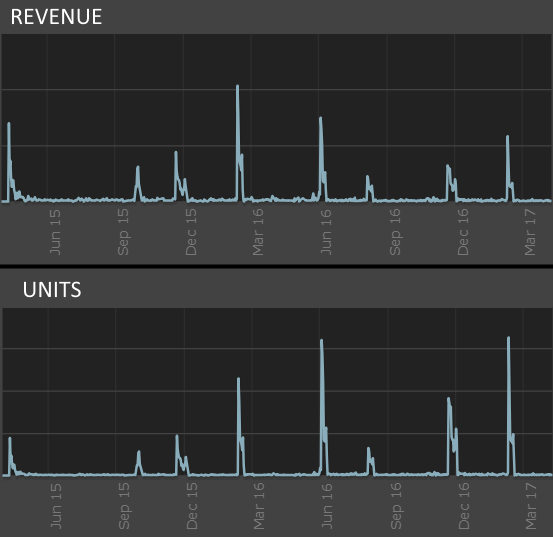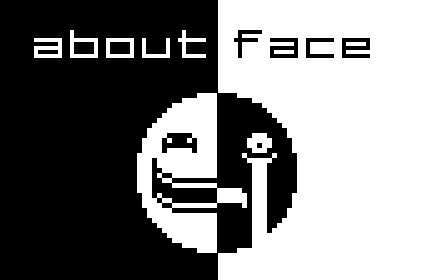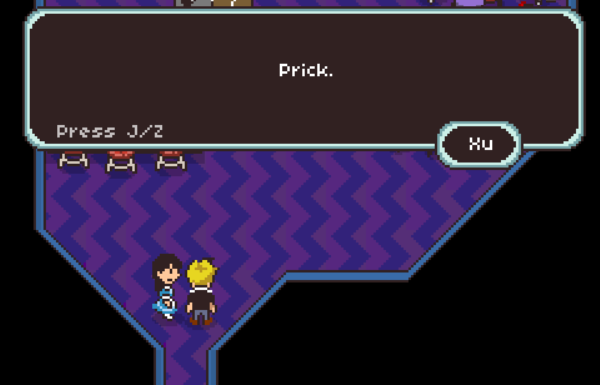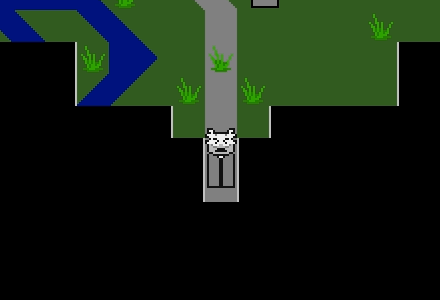The times have been…rough, for a lot of people, I think. For a lot of reasons. Not just electoral politics, not just COVID – there is a rising fever that will not break. And I don’t think the worst is behind us. I think of a character I wrote when I was much younger, who personified the deep feeling of worry and unease I had towards the world, even when I was just entering adulthood…
A: Just taking some time to relax out here and enjoy the sunset. I don’t usually get a view like this. Better enjoy it while I can.
B: :Er…while you can?
Alton and Darryl, talking about ~nothing in particular~
A: You see those clouds? We’ll have a thick storm over our heads pretty soon. And it looks like it’s going to be a pretty bad one.
Which is the point of this – making things, writing things, is one way I have of processing what’s going on around me in a healthy way, and expressing those feelings. And as just exemplifed, it serves as a personal history too.
These quiet and chaotic years have been very challenging, and gamedev has been my biggest lifeline and support. While I haven’t released as much and have been very silent, I’ve gotten so much out of exploring different ideas without necessarily thinking all the way through to release. And very significantly, I have also built up repositories of code/assets that I can use for all sorts of things!
However, all of those projects and ideas remain untested. And behind them are even larger, more ambitious ideas – but I will never get to those if I don’t finish the work that lays in front of me. I still have a lot to learn on the execution of a concept which is gained from the direct experience of releasing things. If I want to keep making better and better things, I have to finish what I start.
…Of course none of that is new thinking in terms of gamedev, it’s very common wisdom. But a reminder never hurts. Anyway, let’s run through the backlog real quick!
Familiar

This was a game that I announced on here way back in 2018…boy, what happened?
This was going to be my next Big Narrative game, eclipsing WAIDAS dramatically in production and scope, and putting into practice everything I had learned. This put too much pressure on myself, and so I became really demoralized when I wasn’t making the progress I felt I needed to. In hindsight, of course it would make more sense to make cuts to the project and release what I could – but I lacked that clarity of thought at the time.
I froze the project for a long time, but there is still a story in there that I want to tell – so I have reworked a lot of its ideas and split them up into smaller pieces, and can happily say that I’m working on a version of Familiar that has a very realistic path to release.
As for what it actually is – it’s just a short-ish narrative game where you walk around and navigate some text trees. It leans much more into psychological horror and mystery than any of my previous work. The hope is to release smaller episodic games that add up into a larger story with lots of fun twists and turns.
Formerly called Ghost Planet. This was the project I started when I dropped off of Familiar, with the initial intention of just making something small and fast – and of course, it is now a far larger and more ambitious project than Familiar! It has become this huge open-world adventure where you navigate all sorts of different areas in search of objects of power, and try to piece together the truth of a world at a radical turning point.
Worth noting that while I wrote Familiar’s engine in C# with Monogame, YGttA is the first major project I made purely with Javascript, using CreateJS to handle the basic image rendering. I had done some small gamedev in Javascript and enjoyed it, which was why I defaulted back to it when Familiar was going through a rough patch. But as my code expanded to meet YGttA’s needs, it lent itself to writing even more projects in JS.
This project is also sort of paused as I shift my focus back to a smaller version of Familiar – but I have similar goals with YGttA, in that I would like to find a way to make the project more modular, so I can release parts of it sooner and more incrementally.
Biscotti
Which brings us to what I call Biscotti, a weird name for a weird project. This isn’t a game as much as it is a way for me to tie different games together – it’s a self-indulgent exercise in cleaning house and refactoring my code so it all works cleanly. It’s really just a collection of different small games that can launch out of the same application. Most of these games would be small game jam submissions or side-projects.
It would be nice to actually release this as a sort of anthology, but I see it more as a springboard for future Javascript projects – basically, building out an engine that is cleaner and can be used as a solid foundation for other games (and I can retrofit larger projects like YGttA with its code for better performance).
Yolk of the Wish Machine (working title)

Those other ideas start with this – an action/adventure/platformer with a style in the vein of early Kirby/Sonic/Bomberman games, an “all-ages” story that still has teeth, and modern design ideas taken from all sorts of platformers throughout the decades, both 2D and 3D – from what I would call spectacle platformers like Assassin’s Creed or Spiderman, to sandbox platformers like Tony Hawk. I’m aware that the platforming genre is incredibly saturated, so if I’m going to make yet another one it better be worth peoples’ time!
Currently not in active development, but steps have been taken to build out some of its systems. I released an action-platformer as freeware (Jidan Havoc) which is meant to be a starting point for this.
about-face-plus (working title)
I originally wanted to re-release about-face in Javascript just to give myself something to do, and as the first major inclusion in the Biscotti collection – but then of course I had all sorts of things I wanted to add in, which have become their own separate idea that would be fun to work on. about-face being very minimalist means I get to focus much more on design and coding. I would still like to re-release the original about-face, but I have some ideas for a spiritual successor that I think are promising and substantive.
Octoscopy
I made a game jam submission many years ago (Invisible Maniac) that I got some pretty positive feedback on, and I had wanted to expand it and make it a full game – this was actually one of the first things I started using Javascript for (the original submission was made with Haxe/OpenFL). It’s a game where your character is invisible and you have to navigate around hazards using only environmental visual/audio clues to figure out where you are. It’s a simple and effective idea, surprisingly fun to play, and just incredibly fertile for all sorts of mechanics.
The title is a portmanteau of octopus and autoscopy, since you play as a camouflaged octopus from a 3rd person perspective. I think it’s neat.
Well…that’s a big list of projects!
Too big, some might say. Unrealistic, maybe? Indecisive? No, couldn’t be.
Currently, I’m only actively working on two: Familiar and Biscotti. I like having two projects going at once for the sake of variety – I give myself the chance to work in two different languages and code-bases, which keeps me a bit sharper, adds more variety to my work, and stops me from getting too tunnel-visioned on the particulars of one project.
In the defense of having a lot of inactive projects, I see it as an additional motivator to finish things – knowing that I have lots of other games I want to make helps prevent me from getting too attached to any one idea. So long as I’m just attached enough to see it through!
On a more granular level, I’m working on putting together a vertical slice for Familiar – it’s all written and designed and the engine is there, but it has to be produced (art, scripting, action!). This weekend I want to finish making rough-drafts of all the art assets I will need – I’m reusing a lot of art from previous drafts, but there’s a bunch of new stuff that I still need. Once I have those, I can work on the scripting logic for all the cutscenes and cutscene-adjacent elements to get it playable.

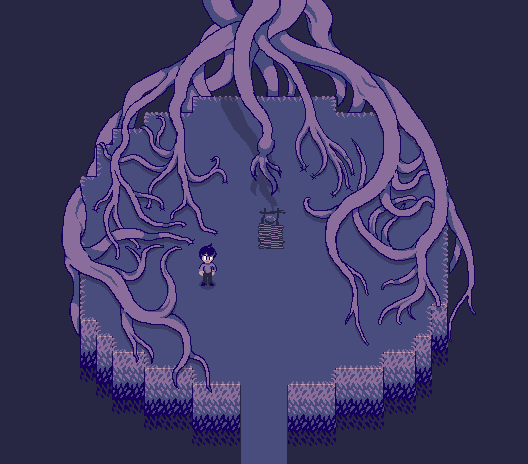








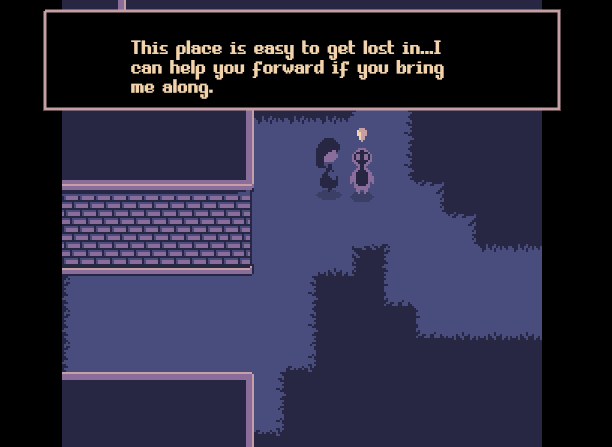




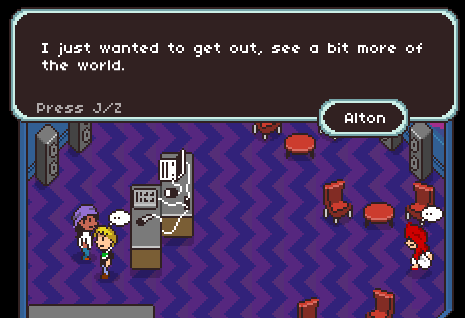
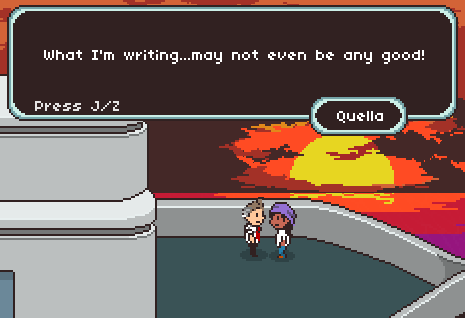

 Here is a quick li’l graph of the lifetime sales for the game with the hard numbers removed (I don’t think I’m allowed to disclose those, though I don’t think I’m really that important that I would get in trouble). The game earned nearly twice as much in 2016 as it did in 2015, and only slightly less in 2017. The game was released quite a bit into 2015, but even if we adjust for this, that would mean that the game’s revenue remained constant throughout the next year, and still held up reasonably in 2017. We aren’t finished with 2018, but it’s looking to keep pace with its preceding year as well.
Here is a quick li’l graph of the lifetime sales for the game with the hard numbers removed (I don’t think I’m allowed to disclose those, though I don’t think I’m really that important that I would get in trouble). The game earned nearly twice as much in 2016 as it did in 2015, and only slightly less in 2017. The game was released quite a bit into 2015, but even if we adjust for this, that would mean that the game’s revenue remained constant throughout the next year, and still held up reasonably in 2017. We aren’t finished with 2018, but it’s looking to keep pace with its preceding year as well.